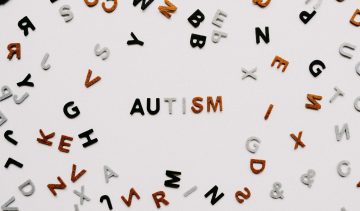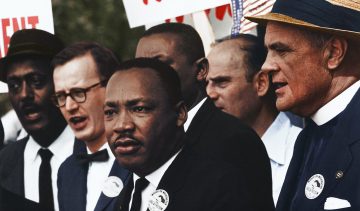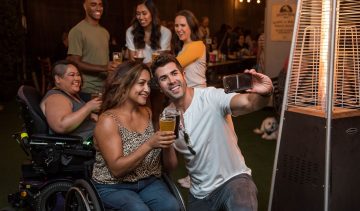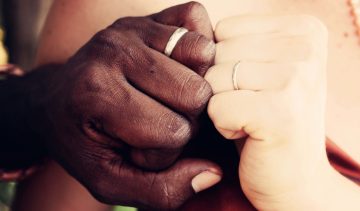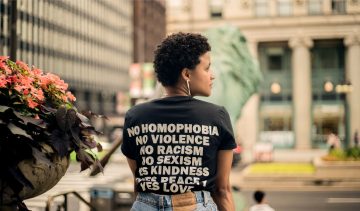In my previous blogs, I discussed the cause and effect of biases and why a world without prejudice and with more inclusivity and diversity is valuable for everyone. In short: we are influenced by our unconscious biases. These unconscious biases allow us to make decisions quickly and efficiently. But, at the same time, this “bias” and its effect on our decision-making or behaviour can lead to misjudgments. For example, we may accidentally and unjustly exclude others. If we are not aware of our unconscious biases, nothing will change. So the first step towards more inclusivity is awareness. Would you like to contribute to this movement? In this blog, I will explain how you can do that.
What biases do you have?
Creating awareness starts with looking at yourself. Ask yourself if you have ever experienced any of these prejudices (also known as biases):
- affinity bias: The tendency to connect with people who have similar backgrounds, experiences, and interests. It is actually quite normal to mingle with like-minded people. The danger of this bias, however, lies in avoiding people you don’t think you have much in common with.
- confirmation bias: the tendency to pay more attention to ideas and information that are consistent with our own views and hypotheses. In fact, you even remember information in such a way that it fits with your own perspective. E.g. when you don’t like someone and decide to give more attention to negative than positive information about this person.
- halo effect: tendency to extend positive traits to other areas. For example, someone grew up in a wealthy family and because of that, you put this person as a whole on a pedestal.
- horns effect: the opposite of the halo effect. For example, if a person makes a certain statement that you don’t like, you may start to dislike all the other things that person says.
- attribution bias: When good things happen, you may be inclined to think it’s down to your own actions. Whereas, if something bad happens, you may be inclined to blame external factors. With others, we tend to do the opposite. If something bad happens to someone else, we may be tempted to blame that person.
How can you show others that you are inclusive?
You have taken the first step and consciously considered your prejudices. How did it go?
Now that you have created awareness and know what your biases are, it is time for the next step. We can take that using the theory of Jennifer Brown (diversity and inclusion expert). Jennifer Brown developed the Ally Continuum. Ally means ally and an ally stands up for the equality of marginalized groups (minorities). An ally actively opposes the inequality of a disadvantaged group, of which he or she is not part. That could be a heterosexual person who is an ally for people from the LGBTQ+ community, or a man who stands up for women’s equal rights. That can be difficult, but it is extremely valuable when people outside the group speak out about injustice. According to Brown, as an ally you go through the following phases:
- apathetic: Initially you are not aware of a problem. “Isn’t it normal for women to have a lower salary than men?”, “Black Pete isn’t racist, is it?”, “It’s just the way it is”. If you don’t see a problem, then there is no problem and therefore no solution is needed. It is important to get out of this phase, only then will change begin. Anyone can be in this phase, but if you are reading this blog you are probably already aware of a number of problems!
- awareness: you come to the realization that you have been blind. We know something is up, but we’re not quite sure what to do. You see that as a woman you earn less than your male (equivalent) colleagues. Your male colleague sees that too. Not much happens, but at least it’s talked about. There is awareness.
- active: in this phase you take action. You are aware of the problem, your prejudices and you practice with new behaviours and thoughts. This is an uncomfortable phase where you expose yourself to scary situations. You stand up for yourself and for someone else, even though it results in a difficult situation. You keep immersing yourself in new topics. You see that your black colleague is being treated differently and decide to stand up for him/her. At the dinner table, relatives tell you that Zwarte Piet is not racist, that this discussion is ridiculous. You actively engage in conversation and give your parents a new perspective on the problem. Relatives think and begin to form new opinions.
- defense (advocate): you are not a one-time ally, but remain active. Do you see something crazy happening? Then you speak out.
Keep learning
Everyone can be in different phases: for example, you can be an ally for the black community, but not aware of the oppression of the LGBTQ community. You can’t expect anyone or yourself to know everything and stand up for everyone, but you can keep learning about how to become a better ally. Because an inclusive world is a better world for everyone!



